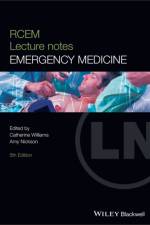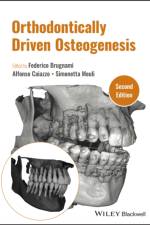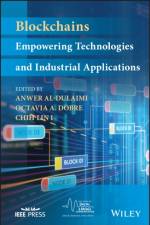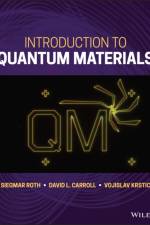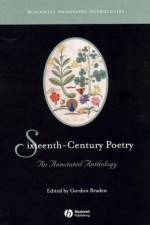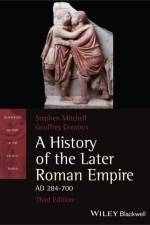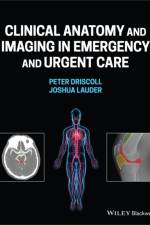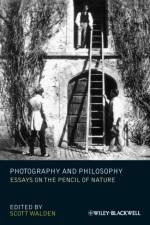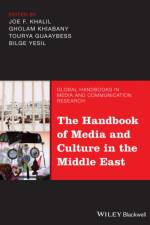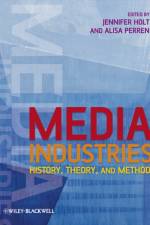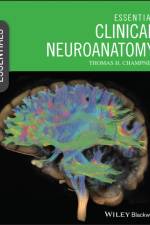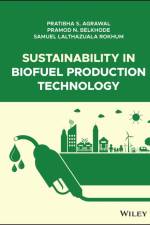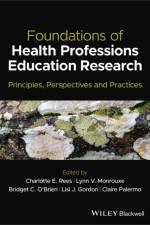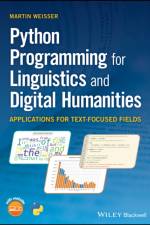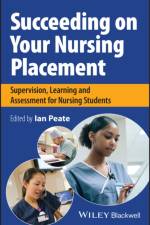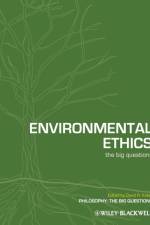av Thomas H. (University of Miami Champney
651
ESSENTIAL CLINICAL NEUROANATOMY The Essentials is an international, best-selling series of textbooks, all of which are designed to support lecture series or themes on core topics within the health sciences. See www.wiley.com for further details. Accessible, visually stimulating guide to clinical neuroanatomy, striking the perfect balance between regional and functional content Essential Clinical Neuroanatomy, 2nd Edition discusses the anatomy of the nervous system from the clinical perspective in easy-to-understand language, providing descriptions of the sensory, motor, and integration systems within the nervous system. Illustrations are included throughout in the clinical view using the gold standard computed tomography and magnetic resonance imaging modalities. To enable seamless reader comprehension, the text includes case studies, study questions, boxes of interest to highlight the clinically relevant neuroanatomy, learning objectives, an outline of each chapter's material to be covered, multiple choice questions, and further reading resources. Essential Clinical Neuroanatomy, 2nd Edition contains information on: Topics important to clinical medicine, but often neglected in other neuroanatomy texts, such as trauma, infection, and congenital considerationsIncludes recent reviews and references with a focus on the cortical chapter and the imaging chapter where there is significant ongoing researchRevised figures and illustrations to reflect more cultural diversityTwo new chapters on the peripheral and autonomic nervous systemsUse of imaging studies used in clinical neuroanatomy, including how to evaluate these imagesNeuroanatomy of the central nervous system, covering an overview of the nervous system, blood vessels, meninges, and ventricles, neurodevelopment, the spinal cord, brain stem, cerebellum and cortexSensory, motor, and integration systems, covering the visual system, auditory and vestibular system, olfaction and taste, central motor control, the limbic system and cortical integration Essential Clinical Neuroanatomy, 2nd Edition is the perfect resource for medical and health science students taking a course on neuroanatomy and as an on-going companion during those first steps in clinical practice. The text is also useful for those reviewing neuroanatomy for major licensing or competency examinations (National Board of Medical Examiners (NBME) United States Medical Licensure Exams (USMLE).

